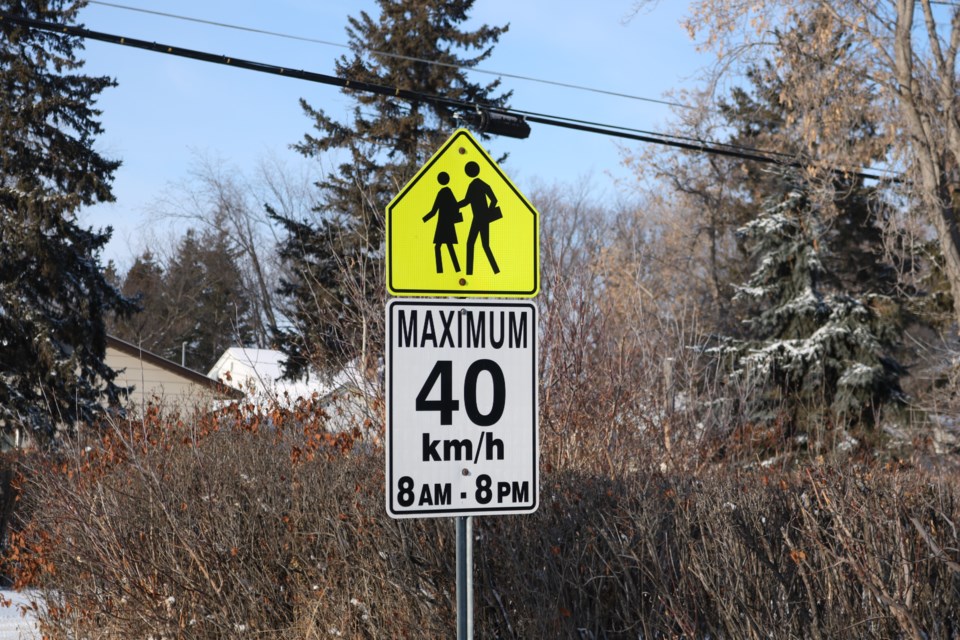Council, following a recommendation which came out of a months-long study, voted to reduce the speed limit in all designated school and play zones, with the exception of the Gladstone North High School zone, be assigned a reduced speed limit of 30 km/hr. and further, that the reduced speed zones be in effect 24 hours a day, every day of the year.
Some will question why the school zone in front of the two high schools were not included?
Of course those schools do not have young children crossing to the school or playground area, and given the significant traffic movement down Gladstone a speed reduction was deemed not to be needed.
It was noted Monday that when looking at the Transportation Association of Canada (TAC) guidelines, the general authority on such things, even designating an area along a high school in not required, and it was noted Saskatoon has chosen to remove their high school zones.
So as it stands a section of Gladstone will simply be an anomaly in Yorkton.
The high school variance however, does not change to a very good choice to reduce school zone speeds.
While residents will no doubt find adapting to the changes next fall difficult, we have been used to the status quo and the reduction to 30 kilometres an hour will have drivers feel like they are suddenly on tortoise power, but that is exactly why we are being asked to take our foot off the gas a little more than we have been.
The slower we drive through a school zone the less chance of a serious accident with a pedestrian and that is hugely important when the pedestrian we collectively make safer are children.
It’s not that we shouldn’t strive to make all pedestrians as safe as possible, but youngsters are just learning the ‘rules’ of safely crossing streets, and watching for cars. Simple things such as looking both ways before crossing the street are not yet ingrained behavior as it should be with adults.
And children are often excited and exuberant going to and from school, or to the playground at the school on off-days. Their focus is on friends and fun and learning, not always on the car coming down the street.
So Council wisely chose to make it safer by slowing down traffic.
The numbers support the decision as a report to Council indicated.
Pedestrians have been shown to have a 90 per cent chance of survival when struck by a car travelling 30 km/hr or below, but less than 50 per cent chance of surviving in impact at 45 km/hr, noted the report. That is a significant increase safety and well worth the community collectively slowing down.
There are times a little inconvenience, doing something we would rather not do, is worth the frustration because it makes the community safer. Council understood that and made a good choice to help make school zones safer.




